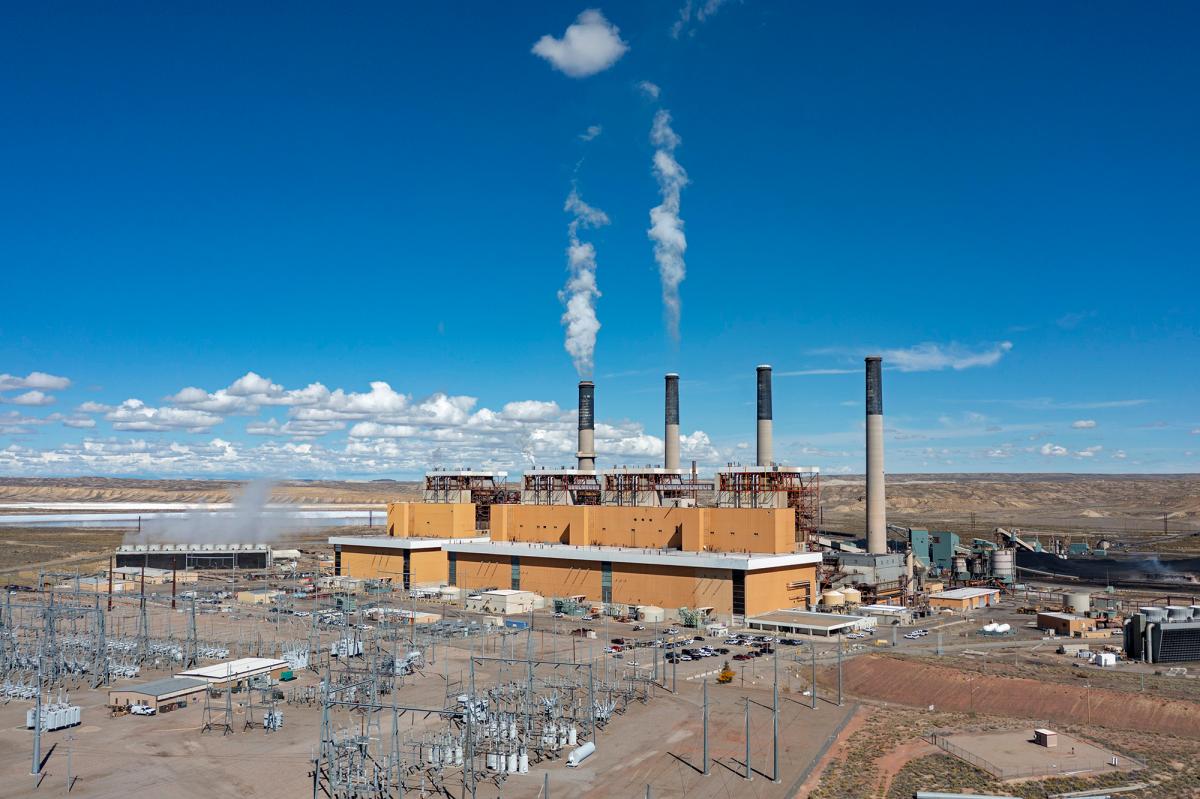With input from Business Insider, Reuters, the New York Times, Investor’s Business Daily, and BBC.
Tesla heads into its annual meeting on Nov. 6 with more on the line than any time since the Model 3 crunch. Investors aren’t just weighing the company’s next chapter; they’re effectively voting on how much control Elon Musk should have over it — and at what price.
After a year of political flare-ups and a choppy sales run, Tesla’s board has put a record-shattering compensation plan in front of shareholders while also asking for a green light to invest company money into Musk’s AI startup, xAI. At the same time, the board has swatted away a raft of accountability proposals, and the handful that did make the ballot carry a formal “vote no” from directors. It’s a high-stakes, high-wire act in the classic Tesla mold.
At the center is the $1 trillion question. Musk’s proposed package would grant him up to 423.7 million new shares over the next decade if Tesla smashes a series of audacious targets: an $8.5 trillion market cap by 2035, 12 million vehicles sold annually, a million robotaxis on the road, and a million “AI bots” built. Hitting those marks would lift Musk’s stake from roughly the mid-teens to at least 25%, giving him blocking power on big decisions without an outright majority. For context, a Delaware judge twice tossed his prior $56 billion award, calling the process too cozy; Tesla is appealing, and Musk has effectively gone unpaid since. This time, the company is incorporated in Texas, and the board is openly warning that if shareholders balk, Musk could walk. Chair Robyn Denholm framed the vote as a referendum on whether investors still want to “retain Elon” and motivate him to make Tesla the world’s most valuable autonomous-tech company.
Plenty of investors think the price is too steep. Proxy advisers ISS and Glass Lewis have urged a no vote, citing excess, dilution and thin guardrails, a critique Musk blasted as “corporate terrorism” on the Q3 call. Norway’s $2 trillion sovereign wealth fund and several big public pensions in the US say they’ll oppose the deal on accountability grounds. Tesla’s powerful retail base — some 40% to 45% of shares — tends to side with Musk, and high-profile bulls from Cathie Wood to Ron Baron are publicly in his corner. Betting markets lean heavily toward passage. Even so, Wall Street is gaming the downside: if the package fails, multiple analysts warn of a swift double-digit drop as investors recalibrate for a future where Musk’s time and chips might be diverted to SpaceX, xAI, or elsewhere.
Which brings the meeting to its other flash point: xAI. Musk has said Tesla should have invested “long ago” in his AI venture, which builds the Grok chatbot for X and was last valued as high as $80 billion after a string of mega-rounds. Supporters pitch xAI as strategically adjacent to Tesla’s autonomy and humanoid robotics push. Skeptics see a classic conflict: one CEO tapping a public company’s cash, talent and compute to feed a privately held sibling. Governance advocates warn that this is precisely what independent boards are meant to police; Musk’s defenders counter that no one else can deliver the integrated robotaxi-to-Optimus vision at Tesla’s pace.
Hovering over it all is accountability. Tesla’s board declined to put at least 11 governance and sustainability proposals to a vote, but a few survived: tying executive pay to sustainability metrics, commissioning a child-labor audit, ending the bylaw that effectively restricts derivative lawsuits to only the biggest holders, and moving to annual elections for every director. The board recommends against each one. New York State Comptroller Thomas DiNapoli, who filed the bylaw change, accuses Tesla of promising no change to shareholder rights ahead of the move to Texas and then weakening them after the fact. Directors say they remain “active and independent” and that Tesla’s mission demands continuity, not shackles.
The context is messy, even by Tesla standards. Vehicle demand has been uneven, price cuts have pinched margins, and the company’s robotaxi splash was followed by a head-scratching limited launch. The end of the federal EV tax credit briefly buoyed third-quarter sales, and the stock clawed back much of its spring and summer slide, even flirting with record highs again. But the brand has taken incoming fire, fueled in part by Musk’s political posture and his sprawling “Muskonomy” of ventures competing for his attention — and for Nvidia H100s.
That’s why tomorrow’s vote is bigger than a headline number. Approving the package doesn’t wire $1 trillion to Musk overnight; it locks the company to a path where any staggering payout would follow staggering performance. Rejecting it doesn’t instantly eject him; it tests how much of Tesla’s valuation truly rests on his singular presence, and how willing the board is to plan for a future with more shared control. The same goes for xAI: a yes deepens Tesla’s bet that its AI crown jewels are best advanced under Elon’s umbrella, wherever those entities sit; a no tells the board to keep corporate boundaries intact.
Musk, for his part, has made the control argument explicit. He says scaling Optimus and a “robot army” requires about 25% voting power so activist investors can’t “easily kick” him out mid-pivot. His critics call that hostage-taking. His fans call it focus.
In the end, shareholders are choosing between two kinds of risk. One is structural: oversized pay, concentrated power, blurred lines with a CEO’s other companies. The other is existential: a Tesla without the founder-operator who dragged EVs into the mainstream and now wants to drag robotics there, too. If you believe the company’s future value rests on Musk hitting moon-shot goals — robotaxis, bots, and an AI stack that prints profits — you’ll likely hold your nose and vote yes. If you think Tesla needs stronger brakes as it floors it into autonomy, you’ll say no and force the board to prove it can steer without one man’s hands locked on the wheel.
Either way, this won’t be remembered as a routine AGM. It’s Tesla picking its lane—who leads it, how they’re paid to do it, and how much latitude they get to build the future they keep promising.










The latest news in your social feeds
Subscribe to our social media platforms to stay tuned